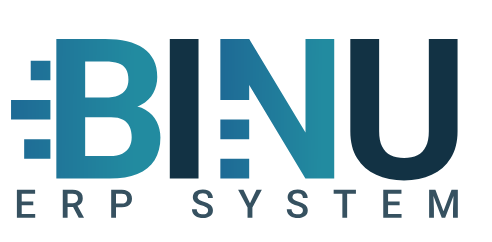Manufacturing Terms
Manufacturing terms and definitions with short explanation. Basic and technical terminology. Learn the most common used short form words used among experts in the industry. Specialized terms if you’re new to the industry or just need help to better understand the processes, technologies, and concepts that drive modern production. This glossary is designed to clarify key terms of the manufacturing world.
Standard Terms in Manufacturing
What is ERP?
Enterprise Resource Planning (ERP) is a integrated system for managing processes in real time for business management. Often used to collect, store and manage different types of data and information in one place. ERP often has many different modules or applications for different departments and company resources. For manufacturing different modules can be for planning, production, materials, sales and/or delivery just to give a few exsamples.
What is MES?
Manufacturing Execution Systems (MES) is a computer system used for manufacturing to track processes, materials and used for documentation for decision makers. MES system is also used for monitoring and for managing resources (workers, machines, ect.) for projects in real time.
What is BOM?
Bills Of Materials (BOM) is a material list often referred to as a production list or product structure list for assembly. The list or bill can contain raw materials or parts to make a product and can be used as a production order.
What is MRP?
Material Requirements Planning (MRP) is used for production planning and warehouse control to manage processes with manufacturing. MRP is often computer systems for making sure materials are ready for production (like stock levels), to reduce waste of materials used in manufacturing and plan different activities or resources for production.
What is PLM?
Product Lifecycle Management (PLM) is often referred to the processes of managing or ensuring the whole lifecycle from start to finish of an end product. In addition to service a PLM is used for different business systems for enterprise purposes for managing data, processes and plan project overview.
What is PIM?
Product Information Management (PIM) is often used to manage information for different distribution channels for a company for different marketing purposes (like ecommerce) or product catalog for distribution (B2B/B2C). PIM is used for managing data and product information.
Advanced Terms in Manufacturing
What is PRM?
Partner Relationship Management (PRM) is often used by management, IT or technical departments for managing data, information, files or relationships for business purposes. This kind of software can vary but it works as a content management system and is used to store and process files and information, in manufacturing this or similar solution is often used to manage different files.
What is EAM?
Enteprise Asset Management (EAM) is often used to plan and manage enterprise assets like plants, facilities, equipment, operations or constructions like buildings. But other assets like cars, ships, trucks or other essential physical assets for enterprise planning, operations and execution.
What is BPM?
Performance Performance Management (BPM) is often referred to as corporate performance management (CPM) or enterprise performance management for managing overall company output like employees, activities for various. BPM can be used for different processes, reward systems or to check performance for senior management to review business processes as a framework (for example for feedback, coaching or expectations).
What is SOP?
Standard Operating Procedure (SOP) is often referred to as a step by step instruction for workers to execute standard tasks and operations. SOP is used for making standard operations more efficient, quality based and uniformed for results or performance by reducing miscommunication and increasing a high standard of manufacturing.
What is SOP?
Overall Equipment Effectiveness (OEE) is often referred to as how a manufacturing operation is performing in terms of quality performance. OEE is often measured in percentage for how high the quality output is in terms of quality, speed or availability for products, potential or benchmarking.
